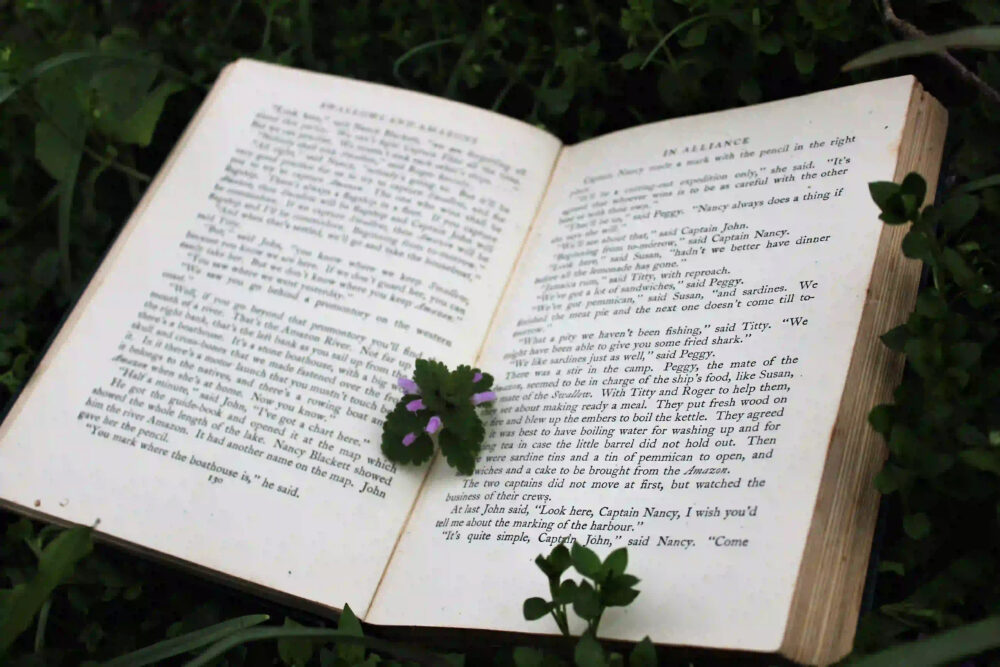The Gothic tradition, with its dark and mysterious allure, has captivated readers for centuries. From haunted castles and gloomy landscapes to tortured souls and supernatural occurrences, the Gothic genre has carved its place in literary history. In this blog post, we delve into the intricacies of the Gothic tradition, exploring its origins, key elements, and enduring appeal.
Origins of the Gothic Tradition
The Gothic tradition emerged in the late 18th century as a reaction to the rationality and order of the Enlightenment era. It was a literary movement that sought to evoke intense emotions, particularly fear, terror, and awe. The genre took inspiration from medieval architecture, with its looming cathedrals and intricate gargoyles, as well as the eerie atmosphere of ancient ruins and graveyards.
Key Elements of Gothic Fiction
Gothic fiction is characterized by a set of recurring motifs and themes that contribute to its distinctive atmosphere. Here are some key elements that define the Gothic tradition:
Atmosphere: The Gothic tradition is known for its dark, brooding, and atmospheric settings. Whether it’s a crumbling mansion, a mist-covered graveyard, or a desolate moor, the environment plays a crucial role in creating a sense of foreboding and unease.
Supernatural and Paranormal: Ghosts, vampires, werewolves, and other supernatural entities often inhabit Gothic narratives. These elements add an element of mystery and suspense, blurring the line between the natural and the supernatural.
Damsels in Distress: The Gothic tradition frequently features vulnerable female characters who find themselves in perilous situations. These damsels in distress are often pursued by sinister figures or trapped in oppressive circumstances, heightening the tension and drama.
The Byronic Hero: The Gothic tradition introduced the archetype of the Byronic hero, a brooding and enigmatic figure with a dark past. These protagonists often struggle with their own inner demons and are irresistibly drawn to forbidden desires.
Emotions and Passions: Gothic fiction explores the depths of human emotions, delving into themes of love, desire, guilt, and madness. Characters in this genre are driven by intense passions, which often lead to tragic consequences.
Enduring Appeal of the Gothic Tradition
Despite originating in the 18th century, the Gothic tradition continues to captivate readers to this day. Here are some reasons behind its enduring appeal:
Escapism: The Gothic tradition allows readers to escape from the mundane realities of everyday life and immerse themselves in a world of mystery and excitement. It offers a thrilling and often cathartic experience.
Exploration of the Dark Side: The Gothic tradition provides a safe space for readers to explore their darkest fears and desires. It delves into the macabre and taboo, allowing us to confront our own hidden fears and anxieties.
Symbolism and Subtext: Gothic fiction often employs rich symbolism and subtext to explore deeper themes and social issues. It can serve as a commentary on societal norms, gender roles, and the human condition.
Timeless Themes: The Gothic tradition addresses timeless themes such as love, death, identity, and the nature of evil. These themes resonate with readers across different eras and cultures, ensuring its continued relevance.
In conclusion, the Gothic tradition remains a powerful and evocative genre that continues to enthrall readers. Its unique blend of darkness, mystery, and intense emotions allows us to explore the depths of the human psyche and confront our own fears. Whether it’s the allure of the supernatural, the exploration of hidden desires, or the atmospheric settings, the Gothic tradition offers a rich and captivating reading experience that stands the test of time.
Now, it’s your turn to dive into the world of the Gothic tradition. Pick up a classic Gothic novel or explore contemporary works inspired by this haunting genre. Let the darkness and mystery envelop you as you embark on a journey through the pages of Gothic fiction.
